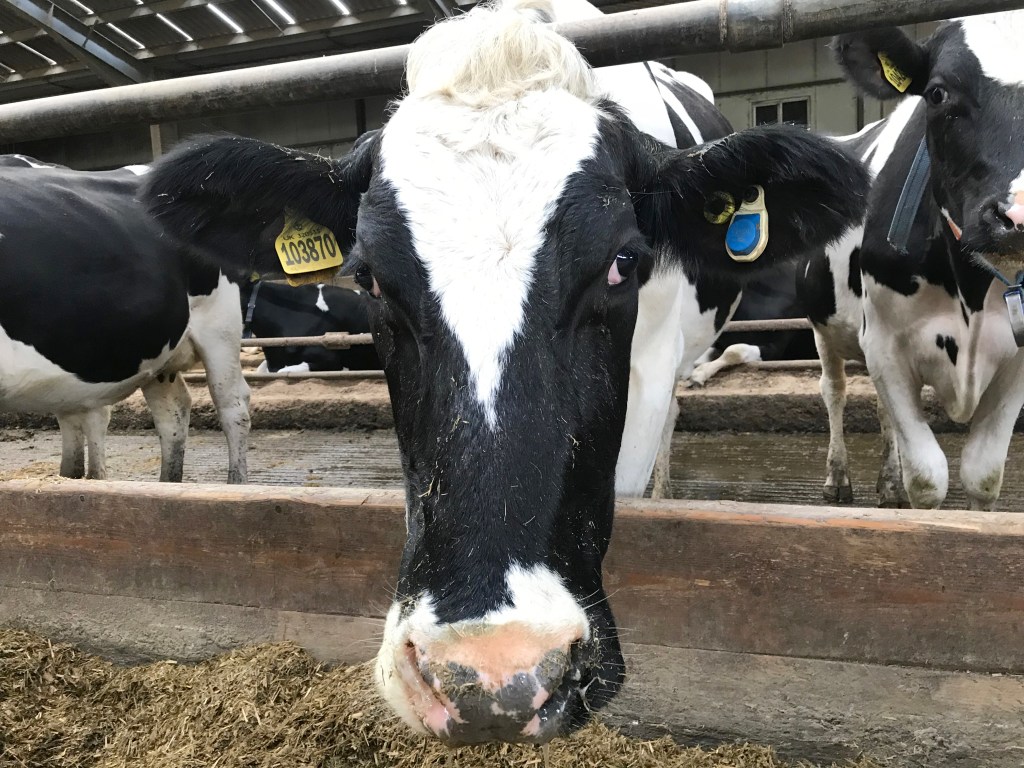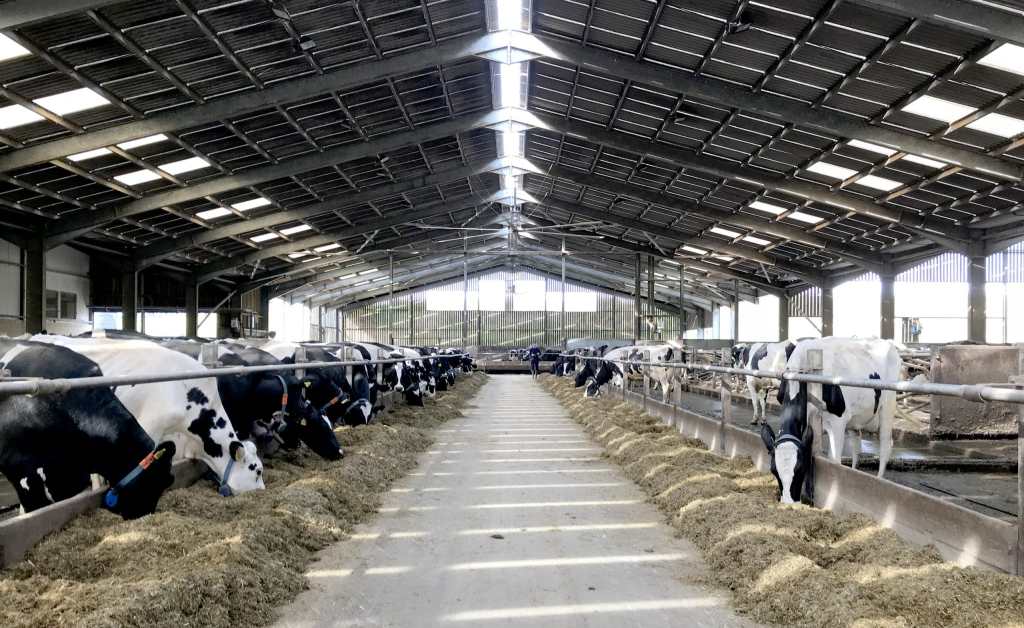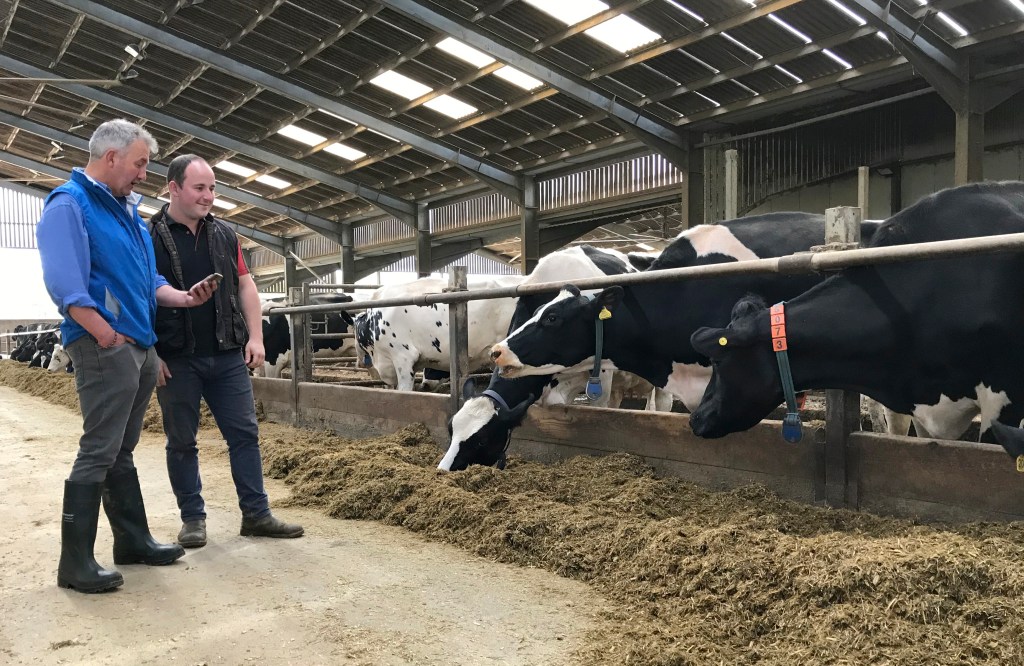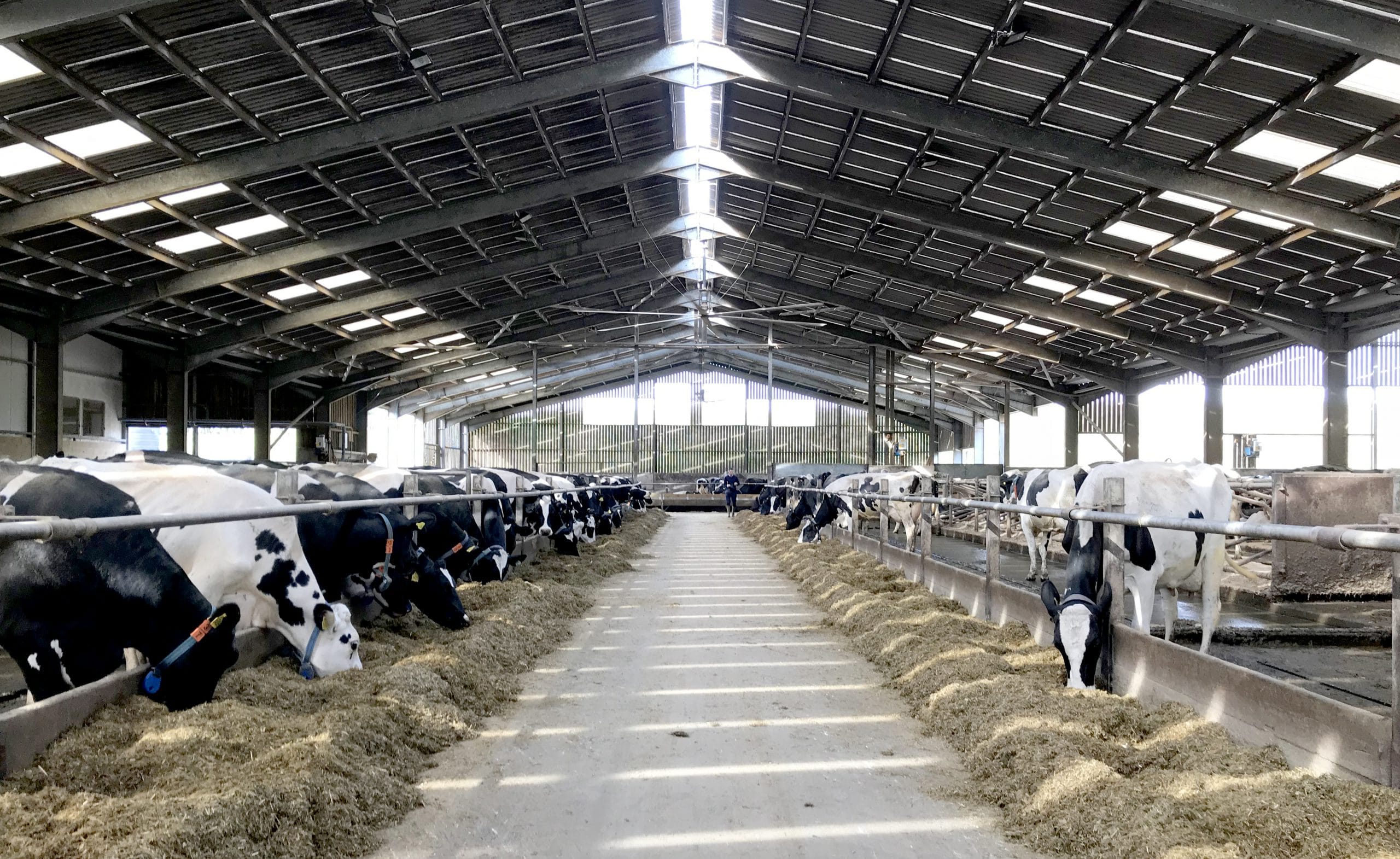
Switching to Autumn
Calving Improves
Herd’s Profitability
When Andrew Eastabrook joined Hartpury College (now Hartpury University alongside Hartpury College) as farm manager at the beginning of 2017 he was tasked with improving the profitability of the institute’s dairy herd. His first step towards achieving this goal has been to re-align the 300-cow herd from an all-year-round calving system to autumn block calving.
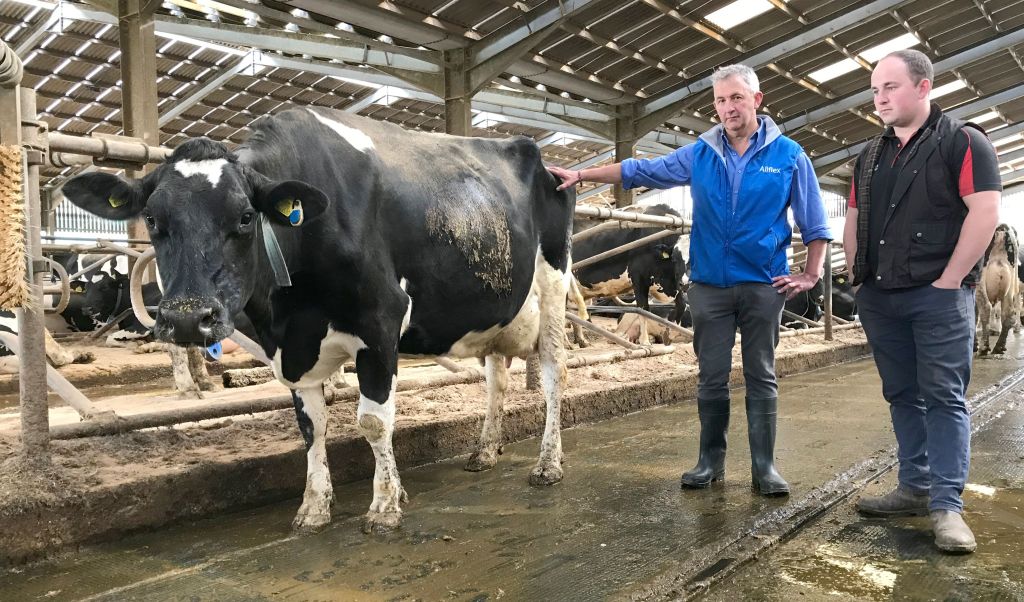
The dairy unit at Home Farm on the 900-acre Hartpury Estate in Gloucestershire is one part of the University and College’s mixed farming enterprise which also comprises 750 ewes, a native breed beef unit, a dairy bull beef rearing unit, a forage enterprise and arable land. In addition to its role as a teaching facility for college and university students, the farm must also operate as a financially independent enterprise. Therefore, with the dairy herd struggling to contribute to the farm’s finances in recent years, Andrew has instigated some key changes to the way the herd is managed, all with the aim of reducing costs and increasing production efficiencies.
Chief amongst these changes has been the decision to move away from all-year-round calving to an autumn block pattern – an ongoing process which has so far paid dividends.
“Moving to an autumn-based calving system was identified as a means of improving the dairy herd’s profitability as it will allow us to take better advantage of our milk contract’s volume bonus scheme which pays more for milk towards the end of the year,” Andrew explains. “It will also enable us to produce more milk from forage as we’ll be able to make better use of our spring grass. We’re currently producing just under 3,000 litres from forage, but that should comfortably increase to 3,500 litres when the whole herd has moved across to the new calving pattern.
“Moving to autumn calving will also simplify the way we manage and feed the cows as we’ll be able to treat the entire herd as one unit instead of having multiple groups. We’ll also be able to focus our attention on specific tasks at clear-cut times of the year which will allow us to manage the herd more precisely.”
To initiate the changes to the herd’s calving pattern, all AI services were put on hold and the herd assessed on a cow-by-cow basis to determine which could be pushed to give an extended lactation, which could be served earlier than usual, and which needed to be culled out.
“Re-aligning the herd’s calving pattern would normally take three or more years to achieve,” Andrew explains. “I didn’t want it to take that long, not just because the University and College need the farm to support itself financially, but because I knew we could make the necessary changes within two years.”
From a biosecurity perspective, Andrew didn’t want to introduce any new stock to the herd. “It was important that we retained our closed herd status to minimise the risk of disease,” he says. “Rather than purchase new replacements, we looked at each of our following heifers on an individual basis to determine which could be brought forward into year one of the new lactation pattern and which would need to wait until year two. We didn’t allow genetic merit to sway our decision-making process, instead focusing purely on fertility to determine our breeding strategy.”
Andrew’s primary worry throughout the process was that he wasn’t 100% sure how the herd would react to the changes being asked of it. “We didn’t know what sort of effect a 450 or 500-day lactation would have on cow submission rates and didn’t know how hard to push the heifers. We knew we’d need to pay very close attention to each animal’s fertility status and health indicators, so we decided to look for a herd monitoring system which would not only identify weak or silent heats, but which would also highlight any negative impacts on herd health.
Interested in seeing what SenseHub can do for you? Fill out the form below for someone in your area to contact you.
“We were working closely with our nutritionist to keep the cows as fit and healthy as possible and to ensure those cows which were being asked to give milk for longer didn’t become over-conditioned or cystic. We also spoke to Dan Finchett of Allflex to trial 50 of their SenseHub ear tags to see if the fertility and rumination data they generate could help us to manage each animal more precisely.”
The SenseHub ear tags – which use an accelerometer to measure cow activity and rumen function to determine when cows are in heat, when cows are showing irregular heat patterns, or to provide an early warning of distress or ill health (acidosis, metritis, ketosis, lameness, etc.) – were fitted to a cross-section of the herd’s cows and heifers.
“Within a couple of weeks of the tags being fitted it became evident that they were providing some very useful data,” Andrew claims. “They identified exactly when each heifer or cow was ready to be served and allowed us to make informed decisions to ensure we could achieve our goal of converting to autumn calving as quickly and efficiently as possible.
“The SenseHub system’s ability to spot weak and silent heats has been a real help, especially as we’ve asked some of our milking cows to go through some significant changes in terms of their individual fertility timings.”
Twelve months after the tags were introduced, they have also proven their worth in terms of being able to pick up on the subtlest of health problems. “By alerting us to potential signs of ill health or distress, often before any physical symptoms have been displayed, the tags have enabled us to treat problems far earlier. Over the last year, we’ve therefore had fewer displaced abomasums, fewer cases of milk fever and had fewer difficult calvings, simply because the SenseHub app gives an early warning of arising problems.
“We’ve also been pleased with tag retention rates,” Andrew continues. “Putting such a high-tech piece of kit in a cow’s ear felt unfamiliar at first, but with 100% of the tags still in place, we’re no longer concerned about losing what are valuable pieces of equipment.”
And, despite milk output dropping as a result of the changes being made, the herd’s profitability has risen for the first time in 30 years. “The adjustments we’ve made to the calving pattern are worth somewhere in the region of 3.5 to 5ppl,” Andrew estimates.
“The ear tags have undoubtedly made it easier to shift the herd’s calving pattern, but they are much more than a fertility tool: they make our day-to-day workloads easier to manage, especially in terms of identifying which cows need to be served or which are under the weather. And by being able to share the data with our students, we’re able to offer a valuable insight into how the latest technology can be applied to precision livestock management.
“We’re also able to share the SenseHub data with our vet and nutritionist, which means we’ll hopefully be able to implement additional improvements to the herd’s management and performance over the next few years. My main aim now is to tighten the autumn calving window from what is currently a 12-week period down to a maximum of eight weeks. The tags will be crucial to achieving this as they’ll prevent us from missing any weak heats and ensure each animal is inseminated at the optimum time. And our milk buyer will benefit because we’ll be able to provide a more accurate milk forecast.”
